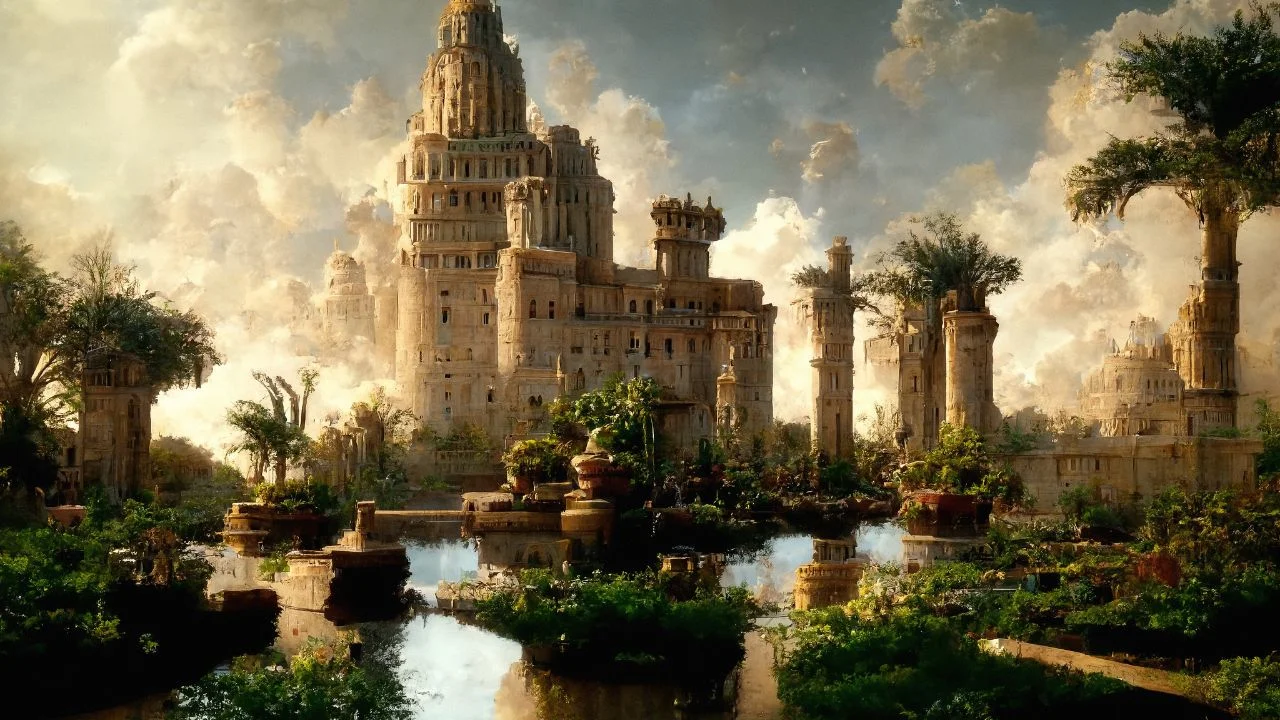Architectural Marvels of the Ancient World: Timeless Wonders
The ancient world is replete with architectural marvels that showcase the ingenuity, creativity, and craftsmanship of early civilizations. These structures have withstood the test of time, continuing to inspire awe and admiration for their grandeur and engineering brilliance. From the towering pyramids of Egypt to the majestic temples of Greece, these timeless wonders offer a glimpse into the architectural prowess of our ancestors.
The Great Pyramid of Giza: A Testament to Engineering Prowess
The Great Pyramid of Giza, one of the Seven Wonders of the Ancient World, stands as a testament to the architectural and engineering capabilities of ancient Egypt. Constructed around 2580–2560 BC during the reign of Pharaoh Khufu, this colossal structure was originally 146.6 meters (481 feet) tall and remained the tallest man-made structure in the world for over 3,800 years.

- Construction Techniques: The Great Pyramid was built using massive limestone and granite blocks, some weighing as much as 80 tons. The precise alignment with the cardinal points and the meticulous craftsmanship reflect the advanced knowledge of geometry and astronomy possessed by the ancient Egyptians.
- Purpose and Significance: The pyramid served as a tomb for Pharaoh Khufu and symbolized the pharaoh’s divine status and his journey to the afterlife. It remains an enduring symbol of ancient Egyptian civilization and its architectural ingenuity.
The Parthenon: The Pinnacle of Greek Architecture
The Parthenon, located on the Acropolis of Athens, is a quintessential example of ancient Greek architecture. Constructed between 447 and 432 BC during the height of the Athenian Empire, the Parthenon was dedicated to Athena, the goddess of wisdom and warfare.
- Architectural Features: The Parthenon is renowned for its Doric columns, proportional design, and intricate sculptures. The optical refinements, such as the slight curvature of the columns and the steps, counteract visual distortions and enhance the temple’s aesthetic appeal.
- Cultural Significance: The Parthenon symbolized the power, wealth, and cultural achievements of Athens. It also served as a treasury and a place of worship, reflecting the religious and political life of the ancient Greeks.
The Colosseum: An Icon of Roman Engineering
The Colosseum, also known as the Flavian Amphitheatre, is an iconic symbol of ancient Rome’s architectural and engineering prowess. Completed in AD 80, the Colosseum could accommodate up to 50,000 spectators and was used for gladiatorial contests, public spectacles, and mock sea battles.
- Structural Innovation: The Colosseum featured a complex system of vaults and arches, allowing for a large and stable structure. The use of concrete and the amphitheater’s elliptical design facilitated efficient crowd management and optimal viewing angles for spectators.
- Enduring Legacy: The Colosseum remains one of the most visited historical landmarks in the world, symbolizing the grandeur and sophistication of ancient Roman civilization. Its influence is evident in the design of modern stadiums and amphitheaters.
The Great Wall of China: A Monument of Endurance
The Great Wall of China, a series of fortifications built to protect Chinese states from invasions, stretches over 13,000 miles and dates back to the 7th century BC. The most well-known sections were constructed during the Ming Dynasty (1368–1644).
- Construction and Materials: The Great Wall was built using various materials, including earth, wood, bricks, and stone, depending on the local availability. Its construction involved millions of laborers and spanned several dynasties.
- Strategic Importance: The wall served as a formidable defense system, featuring watchtowers, barracks, and signaling capabilities. It also facilitated trade and communication along the Silk Road, contributing to the cultural and economic development of ancient China.
The Temple of Karnak: A Glimpse into Ancient Egyptian Rituals
The Temple of Karnak, located in Luxor, Egypt, is one of the largest religious complexes in the world. Construction began around 2055 BC and continued for over 2,000 years, with contributions from numerous pharaohs.
- Architectural Grandeur: The temple complex includes massive pylons, hypostyle halls, and obelisks. The Great Hypostyle Hall, with its 134 colossal columns, is a masterpiece of ancient Egyptian architecture and engineering.
- Religious and Cultural Hub: Karnak served as a major religious center dedicated to the god Amun-Ra. It was a site of pilgrimage, rituals, and ceremonies, reflecting the spiritual and cultural life of ancient Egypt.
Conclusion
The architectural marvels of the ancient world stand as enduring symbols of human ingenuity, creativity, and determination. These timeless wonders not only reflect the technological advancements of their time but also offer valuable insights into the cultural, religious, and social dynamics of ancient civilizations.


